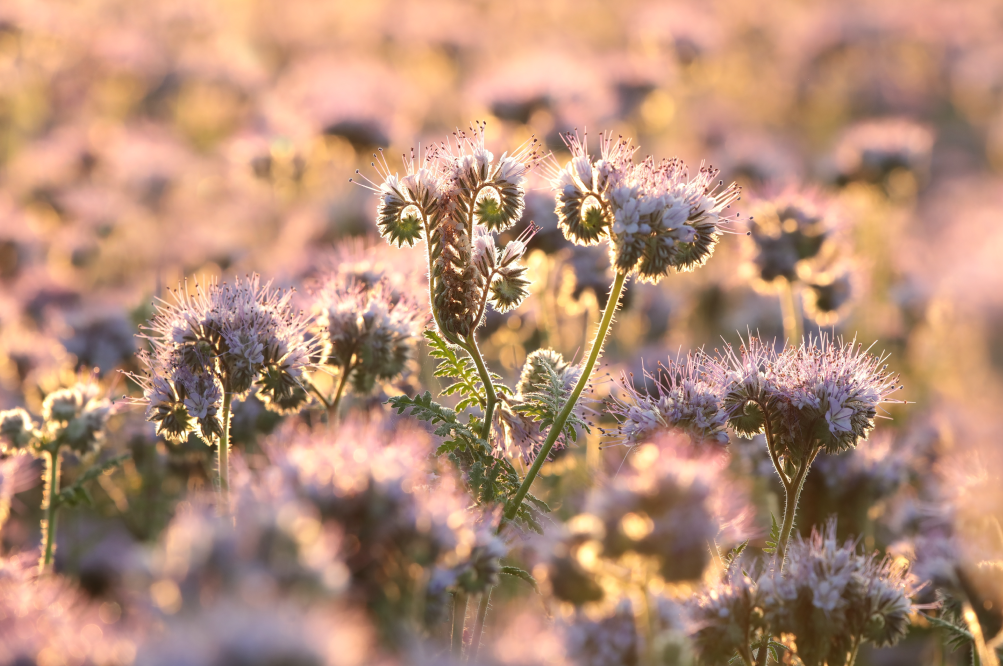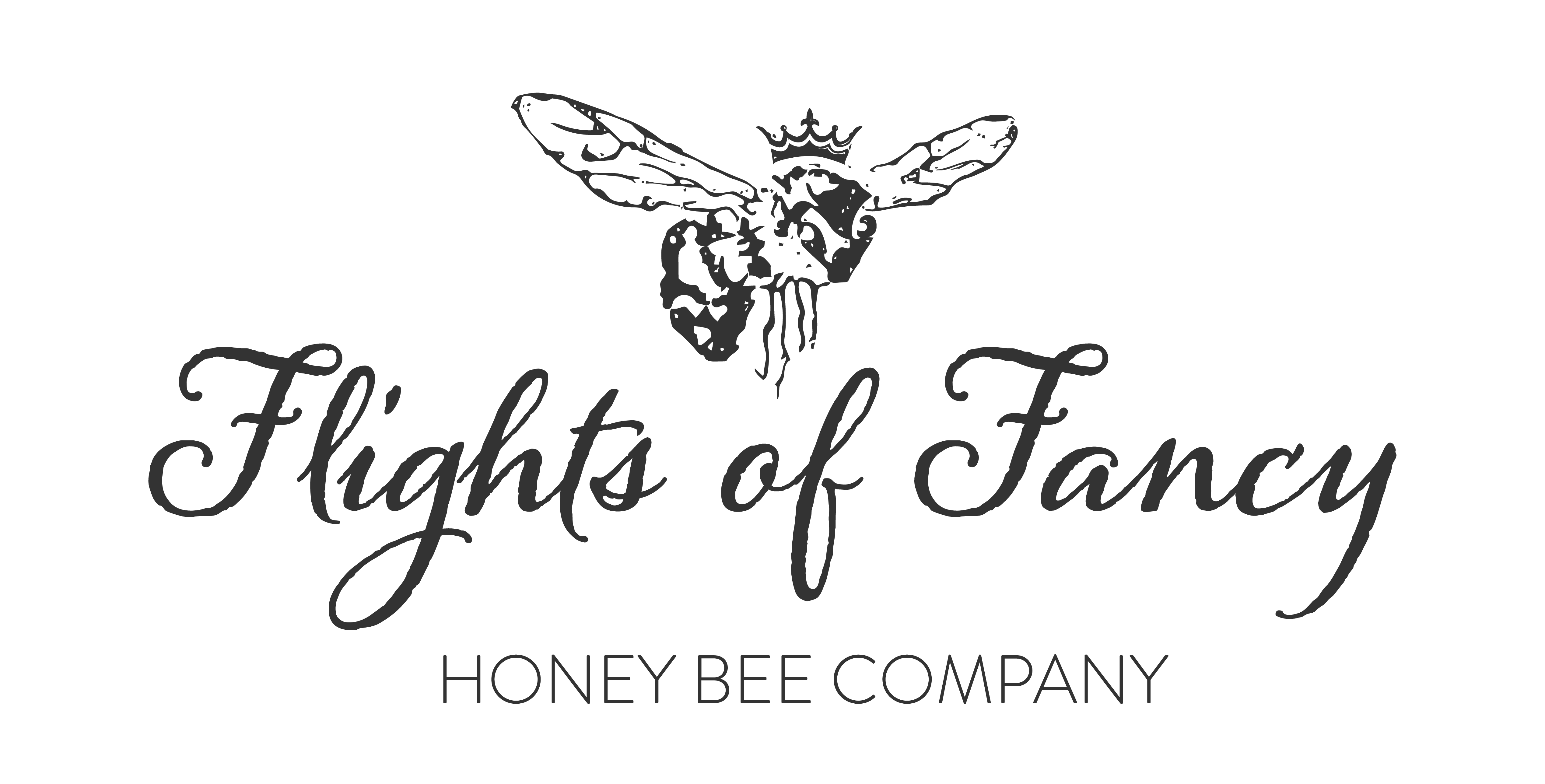Purple Tansy: The Ultimate Bee Plant

Purple Tansy The Ultimate Bee Plant

Purple Tansy (Phacelia tanacetifolia), is also known as ‘Bee’s Friend’ and that is for good reason, it is considered a top honey plant, and bee hives placed in acres planted with Purple Tansy can produce 180-1500 lbs of honey per acre and 300-1000 lbs of light-blue pollen per acre. Because of the abundance of nectar and pollen that Purple Tansy produces, it has a special value to native bees who rely on these resources.
Purple Tansy attracts common species, mostly bumble bees, honey bees, mason bees, and syrphid flies. In my gardens, though I have also seen leafcutter bees, moths, and butterflies visit my Purple Tansy blooms.
But one thing is for certain, the bee activity, especially on lacy phacelia, tends to amaze observers seeing it for the first time.
Other Benefits of Purple Tansy

Companion Planting: Purple Tansy is a general companion plant. Plant near anything that attracts aphids, but don’t plant near strawberries or other plants that are susceptible to lygus bugs. Staggering the planting of Purple Tansy may be necessary if you are growing plants that require pollination. This is because pollinators are attracted to Purple Tansy and may neglect other plants nearby.
Typical Uses of Purple Tansy: wildflower meadow/prairie restoration, cover crop, and as an ornamental. Purple Tansy is a general companion plant that you can plant near anything that attracts aphids.
Don’t plant near strawberries or other plants that are susceptible to lygus bugs.
It’s not hard to see why Purple Tansy is the ultimate bee plant!
Purple Tansy as a Cutting Flower:
Purple Tansy’s unique grape candy-scented periwinkle curled fiddleheads and lacey foliage make it an excellent choice for cut flower bouquets. When harvesting stems for use in bouquets, cut them when the flowers are just beginning to open to ensure a vase life of 7-10 days. Just remember, if the flowers are cut and in a vase, they aren’t producing nectar or pollen for bees 🙂
Where to get Purple Tansy Seeds:
Let’s Feed Some Bees Program: Every Flights of Fancy order between March 20th – May 30th receives a free packet of pollinator seeds, three options to choose from, and one of the seed options is Purple Tansy (while supplies last), learn more here.
Looking to just purchase seeds? Check out Floret Flowers or West Coast Seeds (these are my favourite seed companies).
How To Grow Purple Tansy (Phacelia tanacetifolia)
Instructions
- Exposure: Full sun | Zone: 3-10Direct sow every couple of weeks from last frost (end of March on the coast) to mid-June. This will produce a full summer of flowers. Seeds will germinate in 12-30 days. Sow 5mm (¼”) deep, and space or thin to 10-20cm (4-8”) apart. Plants grow between 2-3 ft. Ordinary, well-drained garden soil is what makes Phacelia thrive. It will die back during a long, hot stretch of weather, so it’s ideal for the cooler seasons of spring and fall. Plants may self sow.
Notes
About The Author
Related Posts
Garden to Teapot: Growing Your Own Tea While Helping the Bees
Learn how to create a tea garden that doubles as a pollinator garden with this…
April 21, 20237 Heavenly Honey and Tea Combinations to Try on National Tea Day
Looking for a way to celebrate National Tea Day? Check out our blog post featuring…
April 8, 20231 COMMENT
Leave A Comment
Error: API requests are being delayed for this account. New posts will not be retrieved.
There may be an issue with the Instagram access token that you are using. Your server might also be unable to connect to Instagram at this time.





Let's Feed Some Bees: Year Two - Flights of Fancy Honey Bee Company | 4th Apr 22
[…] But one thing is for certain, the bee activity, especially on lacy phacelia, tends to amaze observers seeing it for the first time. Learn more about growing Purple Tansy here. […]